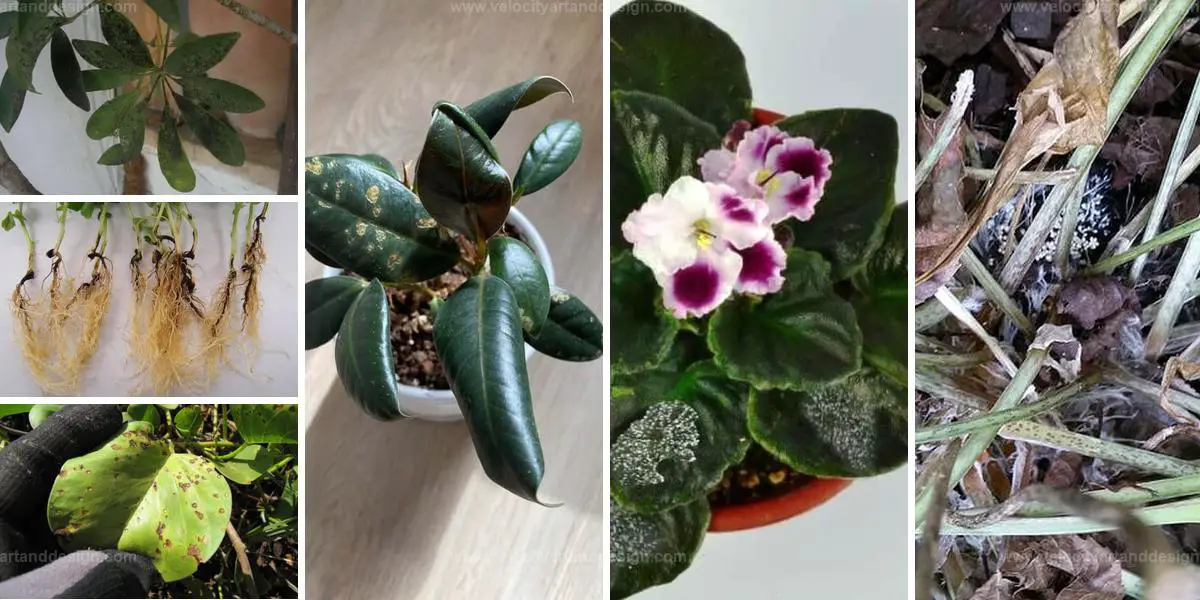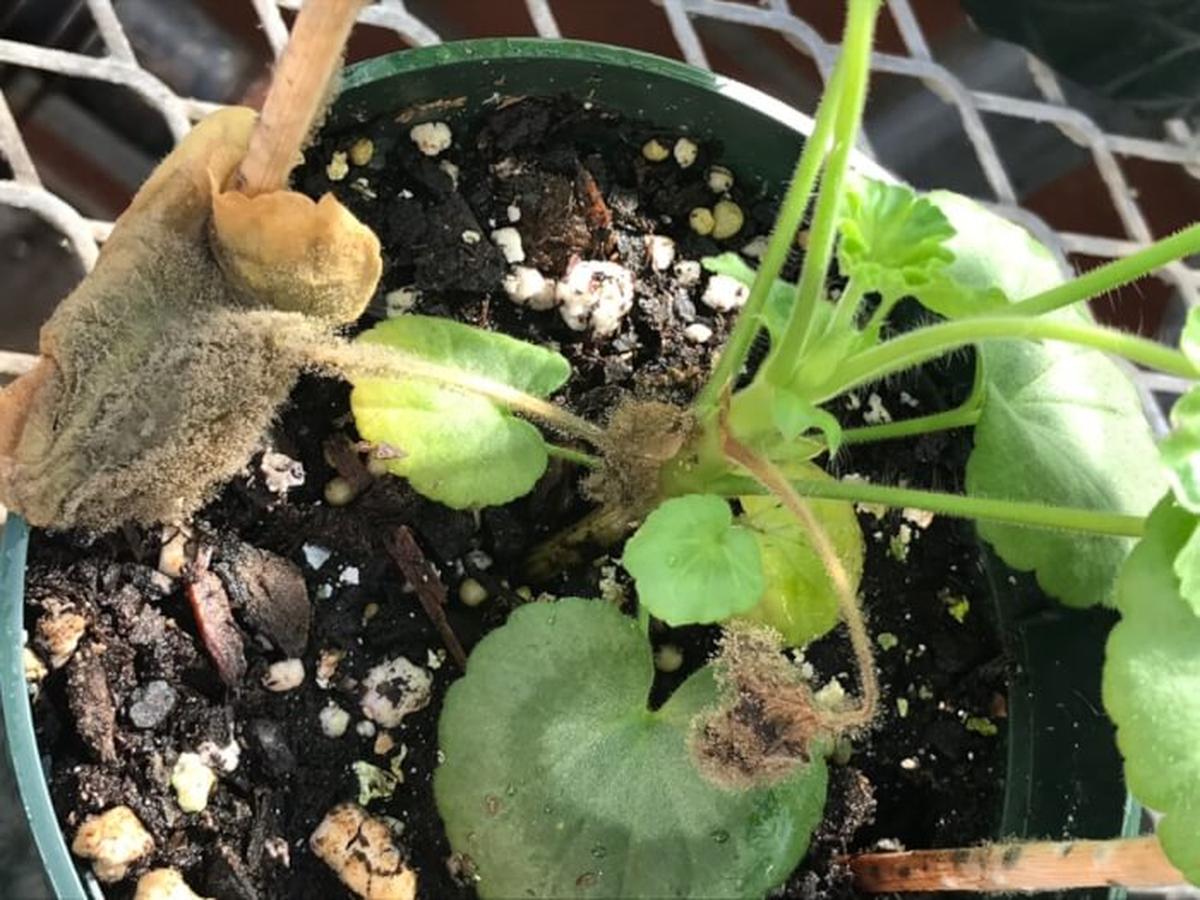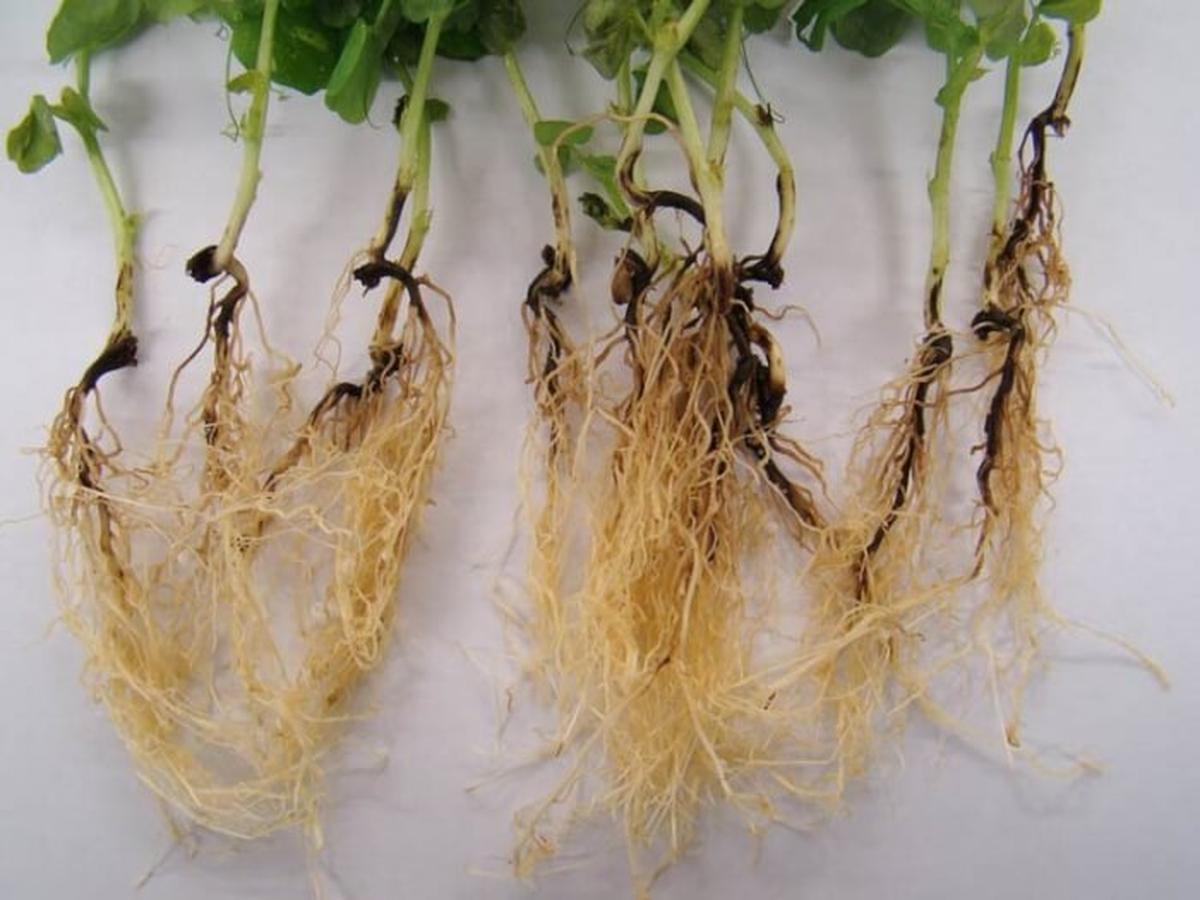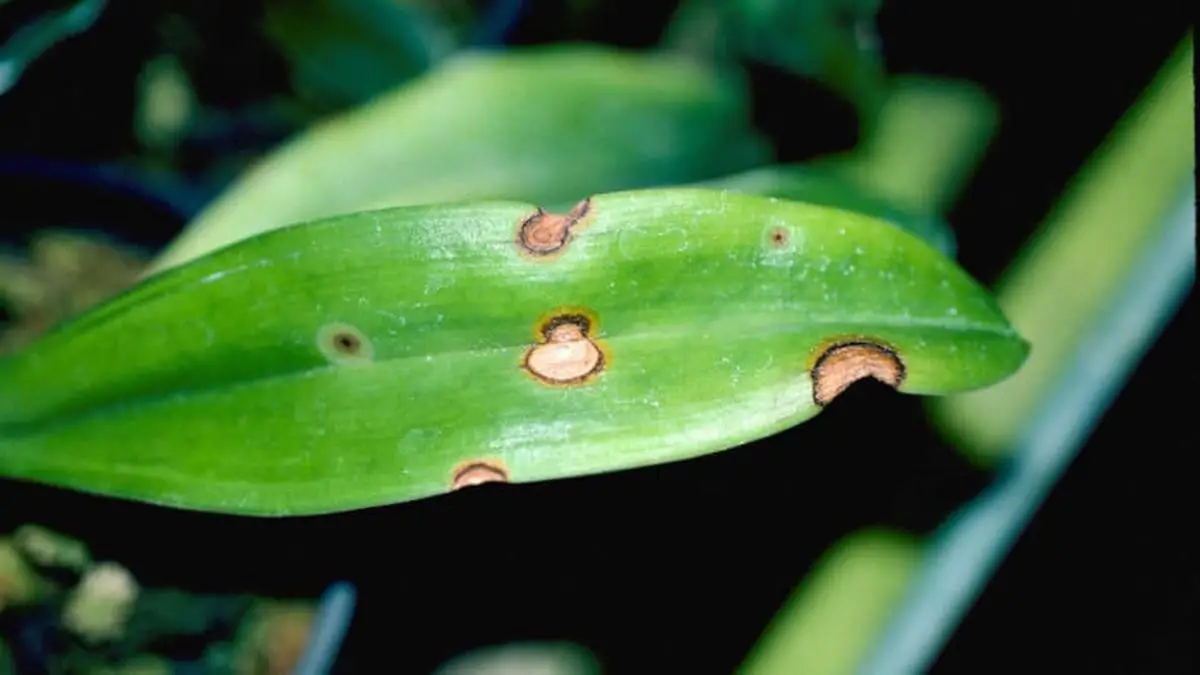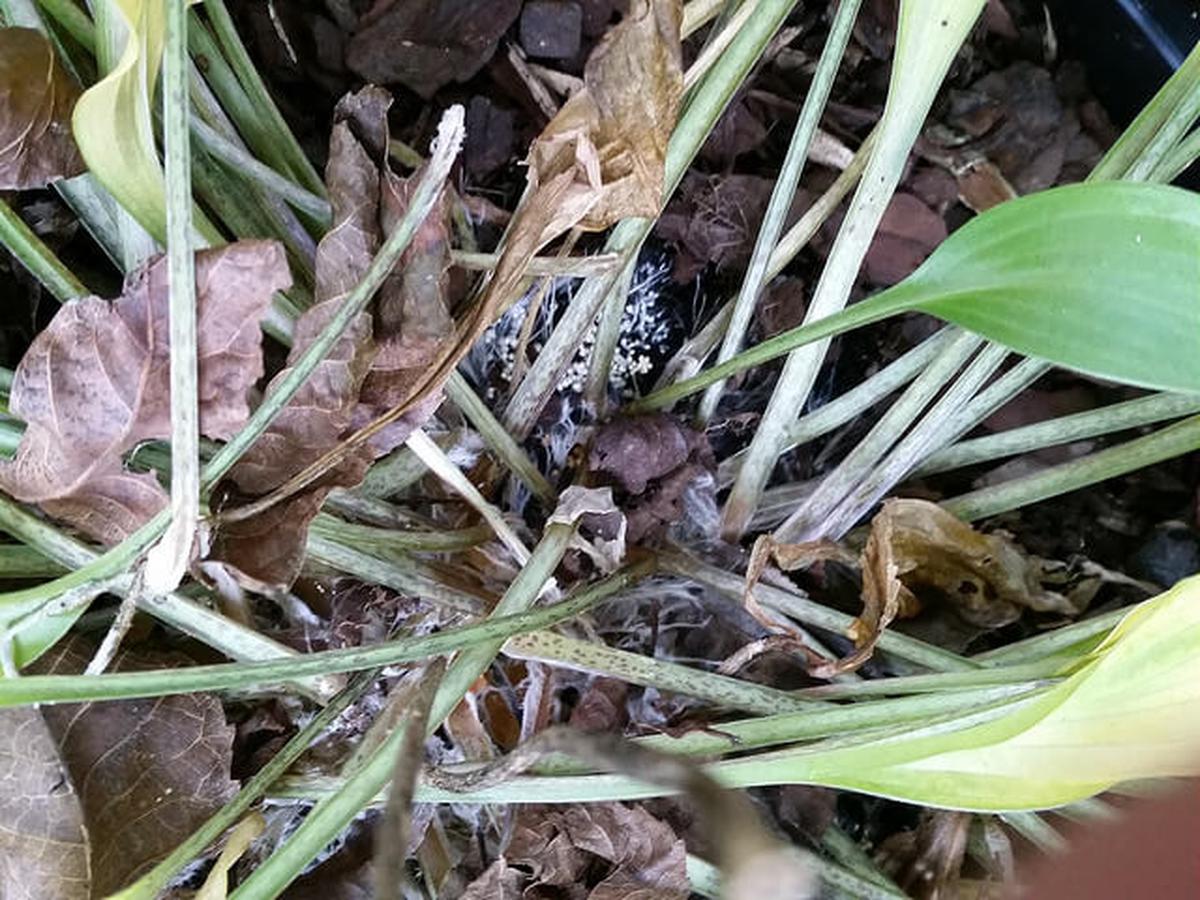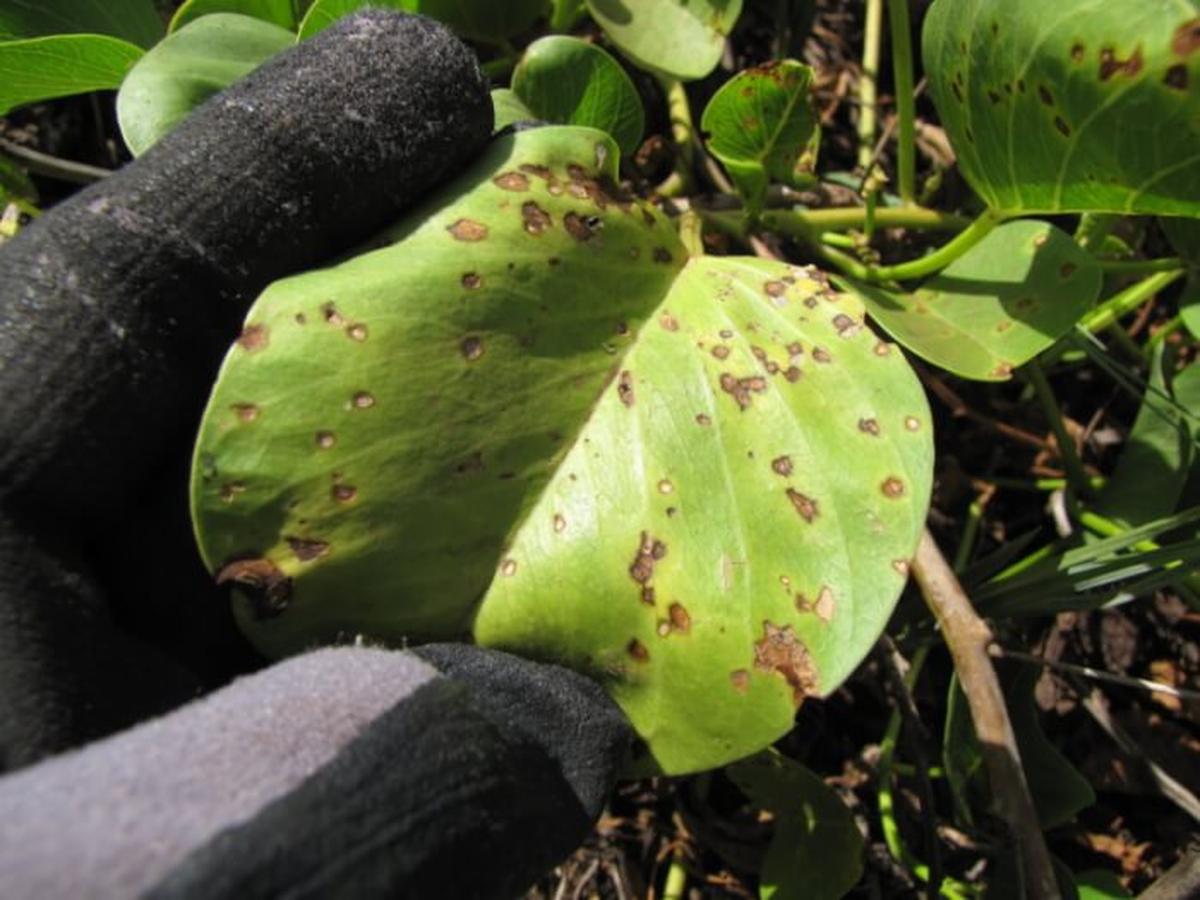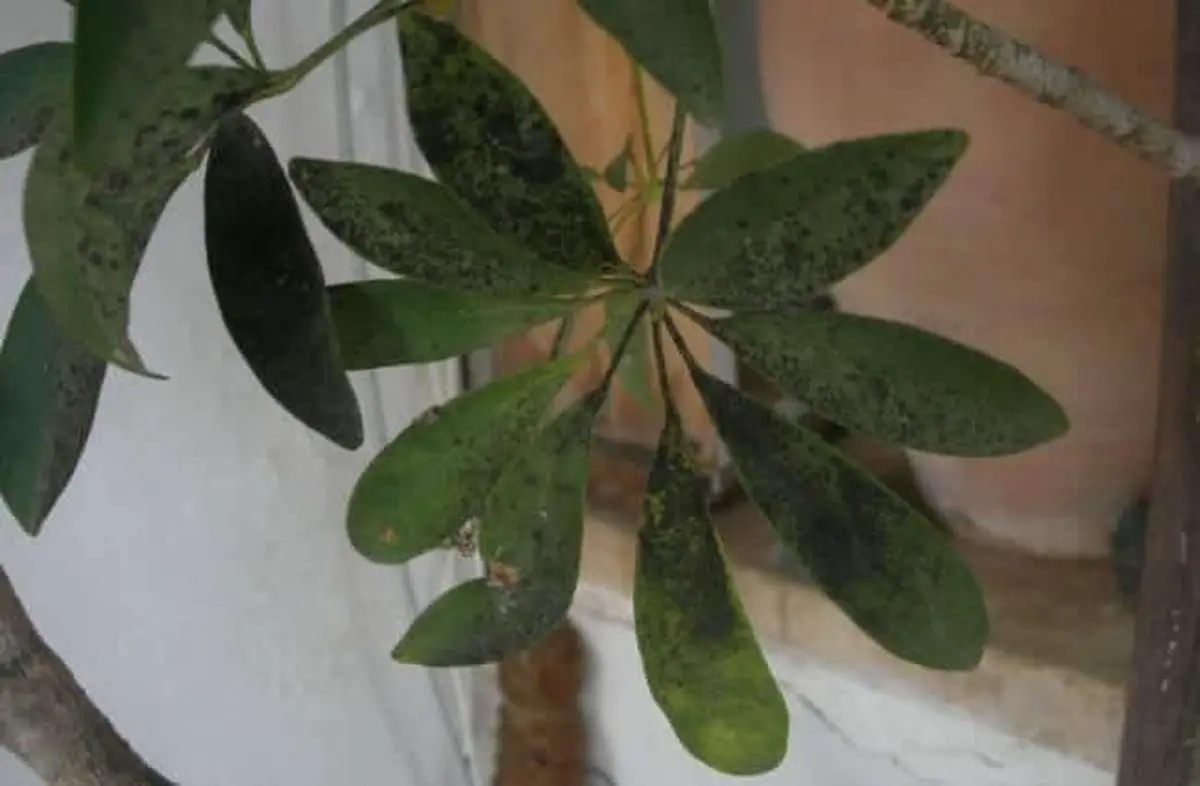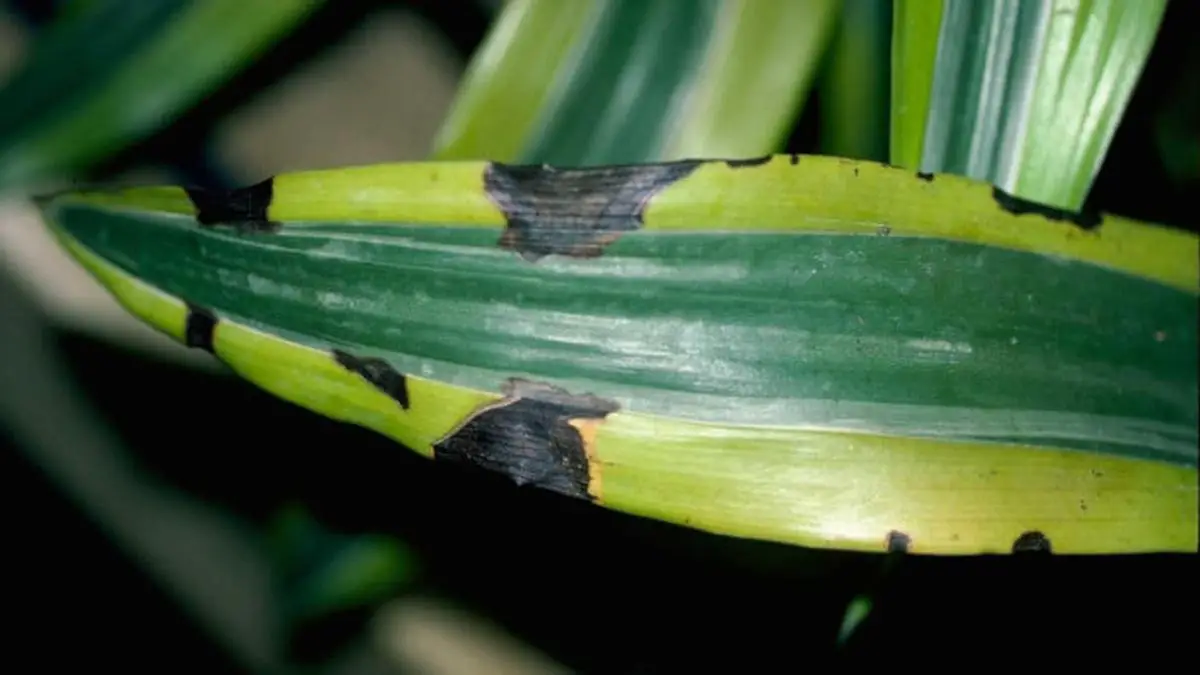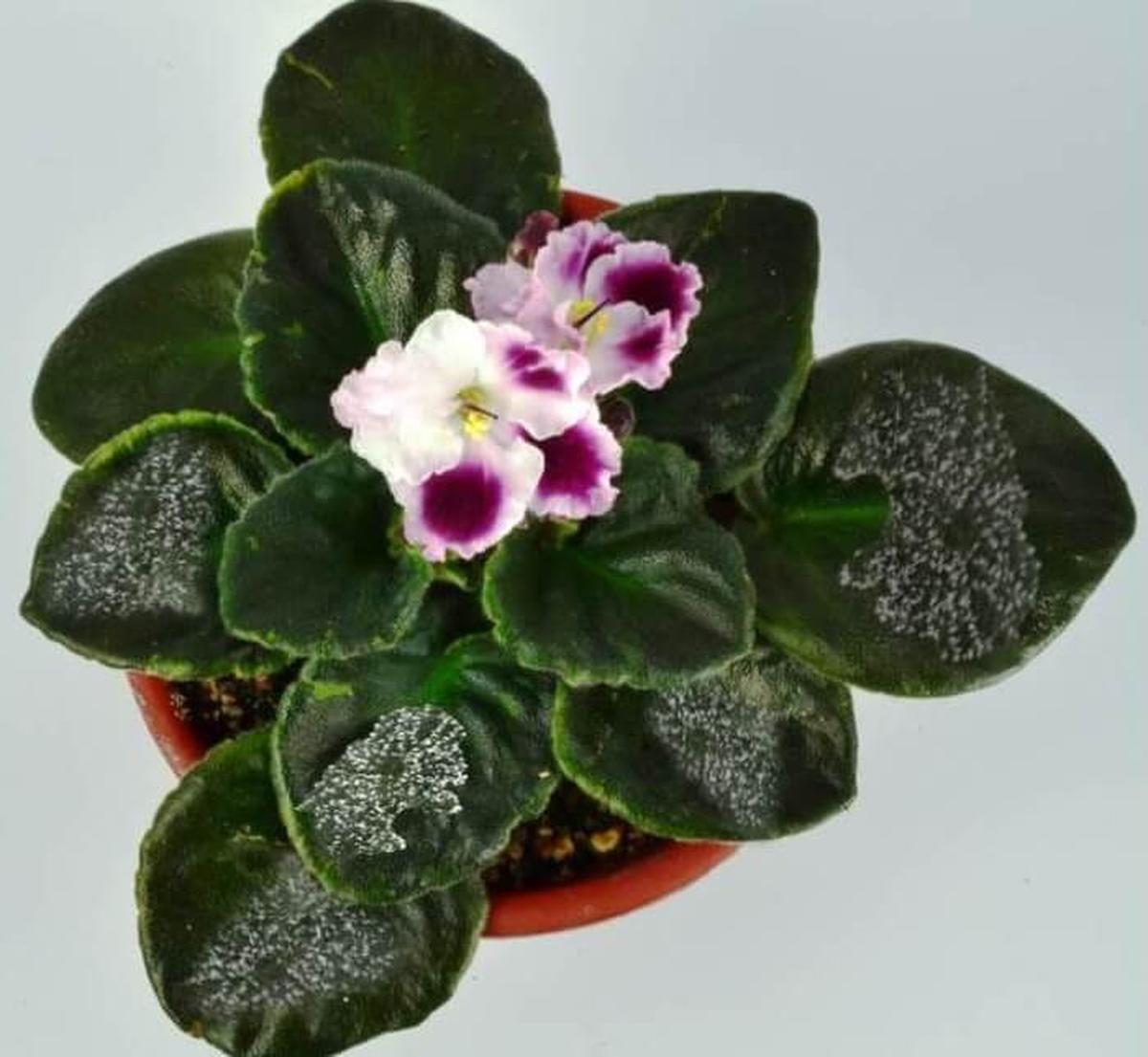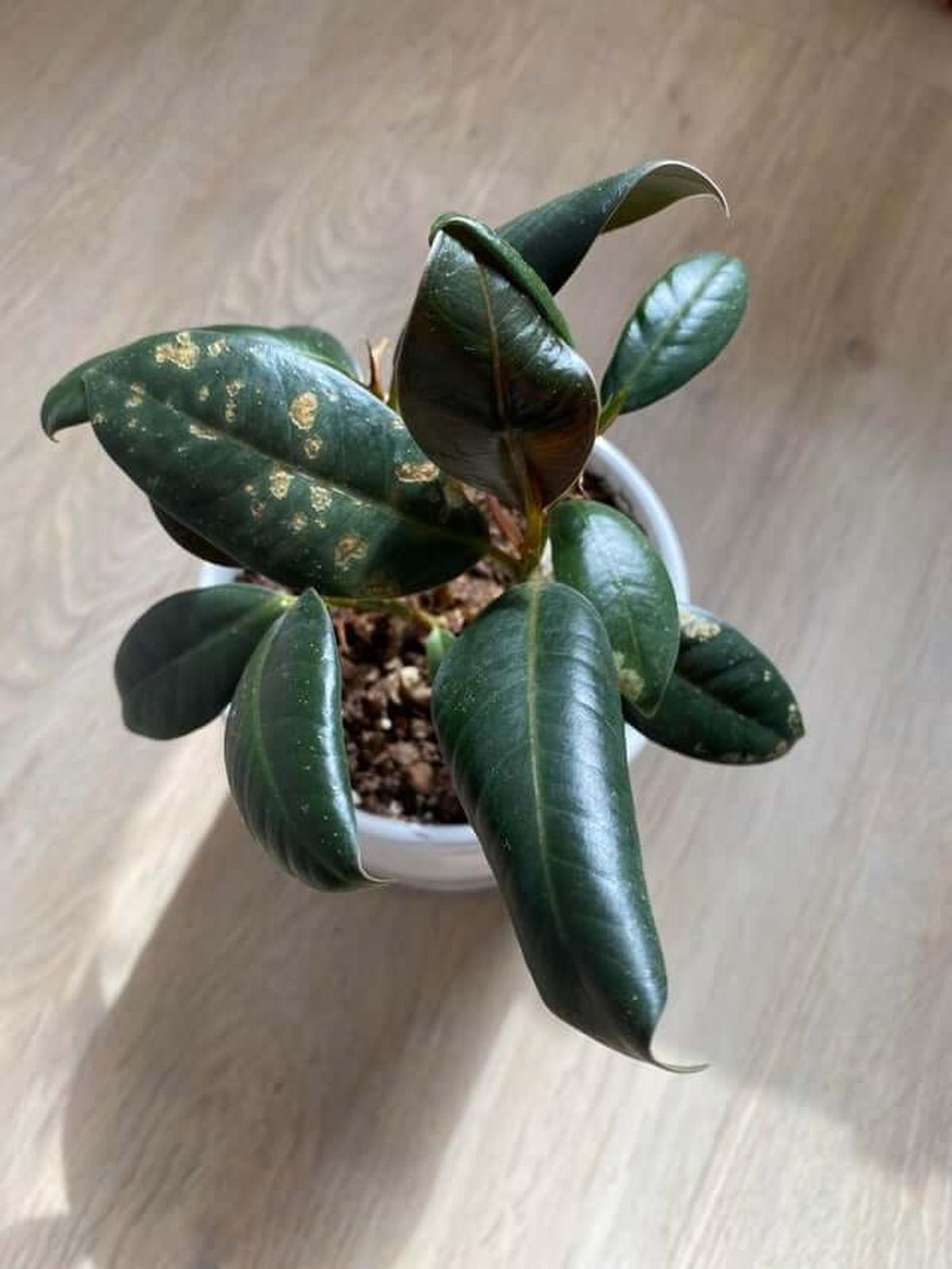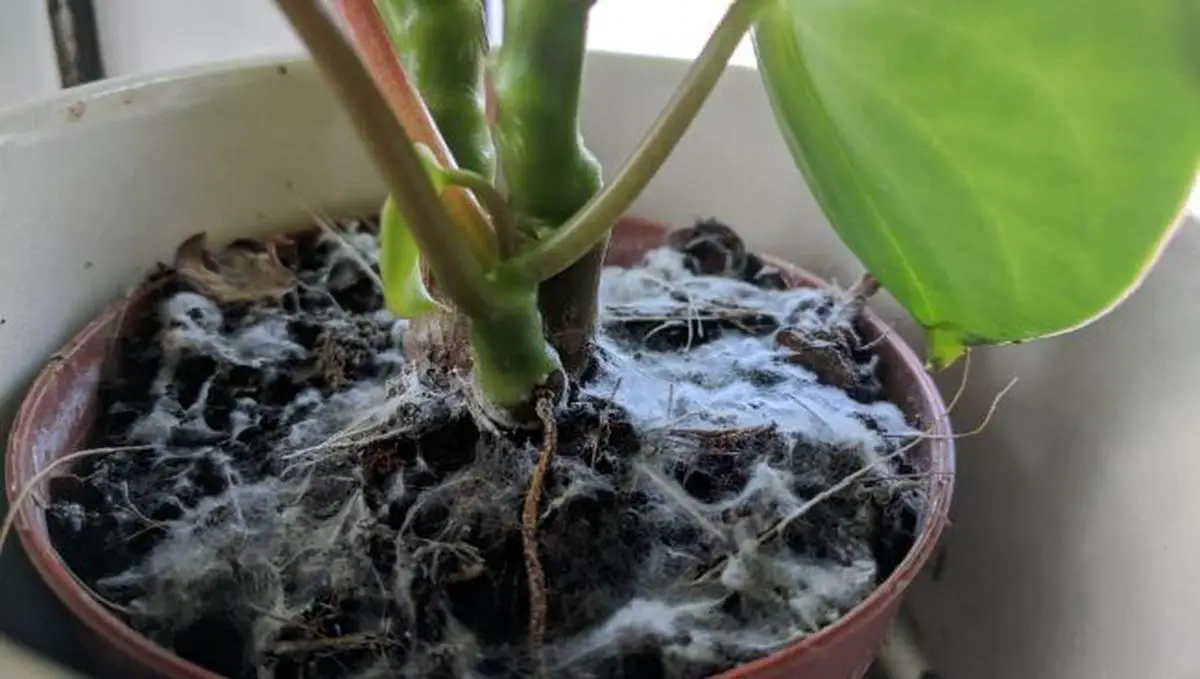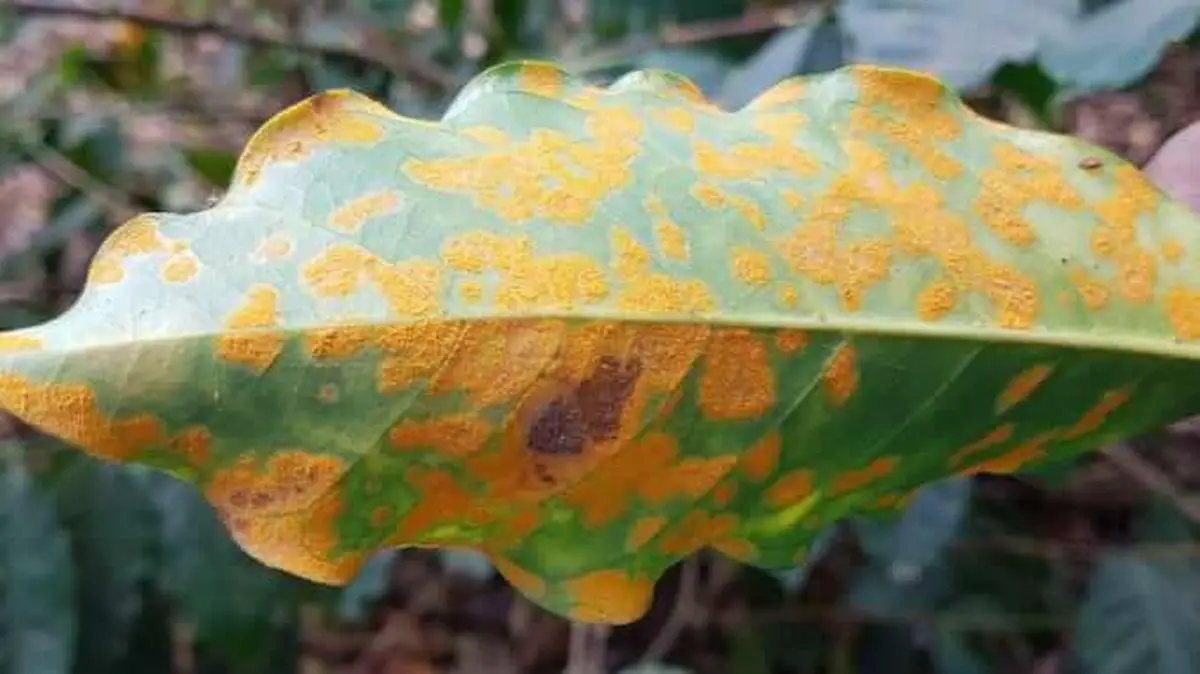Your Guide to 11 Houseplant Diseases and Their Solutions
Keeping houseplants healthy involves understanding common diseases and effective methods to control them.
From fungal infections to pest infestations, being equipped to handle these issues can ensure the longevity and vitality of your indoor garden.
Implementing proper care techniques and using safe, appropriate treatments can prevent and remedy these common ailments, preserving your beloved plants.
Gray Mold
Gray mold poses a significant threat to your plants, swiftly spreading and causing severe damage.
Pruning enhances air circulation around the foliage, helping to keep the environment less favorable for this pesky fungus.
Limiting fan use can also play a crucial role in managing moisture levels until you have it under control.
Adding houseplant mulch not only enriches soil but also acts as a barrier against infection, keeping your greenery healthier longer.
Root and Stem Rot
Overwatering can really harm your plants, often leading to root and stem rot.
You might notice mushy spots or blackening leaves as a sign that trouble is brewing beneath the surface.
If you find yourself in this situation, don't despair just yet; there's still hope for recovery.
Carefully take your plant out of its pot, rinse off all the soil, disinfect the container with a bleach solution, apply copper fungicide on the roots, and then repot it using fresh soil, this could be your ticket back to vibrant greenery!
Fungal Leaf Spots
Keeping houseplants healthy can be tricky, especially when fungal leaf spots decide to make an appearance.
These pesky spots show up in various colors like brown, black, and even red or yellow.
They not only affect the look of your plants but also cause leaves to drop or twist awkwardly.
A good strategy includes regularly checking for any signs of infection and promptly getting rid of affected leaves along with any fallen debris around them; it helps maintain a healthier environment for your greenery.
Southern Blight
Southern blight can quickly turn your thriving plants into a sad sight, causing lower leaves to wilt and roots to rot.
Taking immediate action is essential for saving your greenery.
Start by snipping away the affected leaves and tossing them far from your garden area; this helps prevent the disease from spreading further.
Keeping an eye on moisture levels in the soil also plays a crucial role in maintaining plant health during these challenging times.
Cercospora
Cercospora is a sneaky little troublemaker that can ruin the beauty of your houseplants.
It starts with tiny yellow spots on the underside of leaves, which eventually spread and create sunken areas, taking on a purplish-brown hue as they grow.
Left unchecked, this fungus leads to leaf loss and may even affect nearby nodes.
Keeping your plants healthy requires trimming away any infected parts and watering at the soil level; good air circulation is vital too.
In severe cases, repotting becomes necessary, gently wash off old soil from roots before using fresh dirt in a sanitized pot for best results.
Sooty Mold
Sooty mold can turn your plants into unsightly messes.
This sticky black film not only looks bad but can also harm plant health over time.
A simple solution lies in a mix of dish soap and water; just wipe the leaves gently to restore their natural beauty.
Keeping your plants clean is an easy way to ensure they stay healthy and vibrant, letting you enjoy them without any distractions.
Bacterial Leaf Spot
Bacterial leaf spot can be a real troublemaker for your plants, often leading to their demise.
This condition sometimes affects just the leaves, but in more severe cases, it spreads throughout the entire plant.
You may notice dark, water-soaked spots bordered by yellowish patterns on affected foliage.
Keeping those precious greens healthy involves watering at the base rather than overhead and adding mulch around houseplants; regular pruning and staking also help maintain their vitality.
Powdery Mildew
Powdery mildew can be a frustrating sight on your indoor plants, especially during the colder months when humidity levels rise.
While this pesky fungus doesn’t usually harm your greenery, it sure does make them look less appealing.
Keeping an eye on moisture levels is essential; watering from below helps to keep leaves dry and healthy.
A simple mixture of milk and water serves as a natural remedy if you notice those white spots creeping in, offering hope for restoring beauty to your beloved houseplants.
Anthracnose
Anthracnose can be a real headache for your plants.
Yellowing leaf tips often signal this soil-borne fungal disease is making its way through your garden.
Regular pruning keeps the foliage healthy, while ensuring adequate light and water helps fend off trouble.
Spraying neem oil consistently and spreading mulch beneath the plants creates an added layer of protection against these pesky fungi.
White Mold
White mold can turn your plant's home into an unsightly mess.
Simply wiping away the white fuzz on top of the soil won’t solve everything; adjusting how you care for your plants is key to keeping it at bay.
Consider altering watering habits and ensuring good air circulation around your greenery.
Staying proactive with these changes helps maintain a healthy environment for your beloved plants, preventing that pesky mold from returning again and again.
Rust
Rust can wreak havoc on your plants.
It often starts quietly, appearing as spots on the underside of leaves before spreading to both sides.
As it progresses, those leaves may drop unexpectedly without showing any signs of yellowing first.
Keeping your garden healthy requires careful pruning and watering practices along with balanced fertilization to keep rust at bay.

